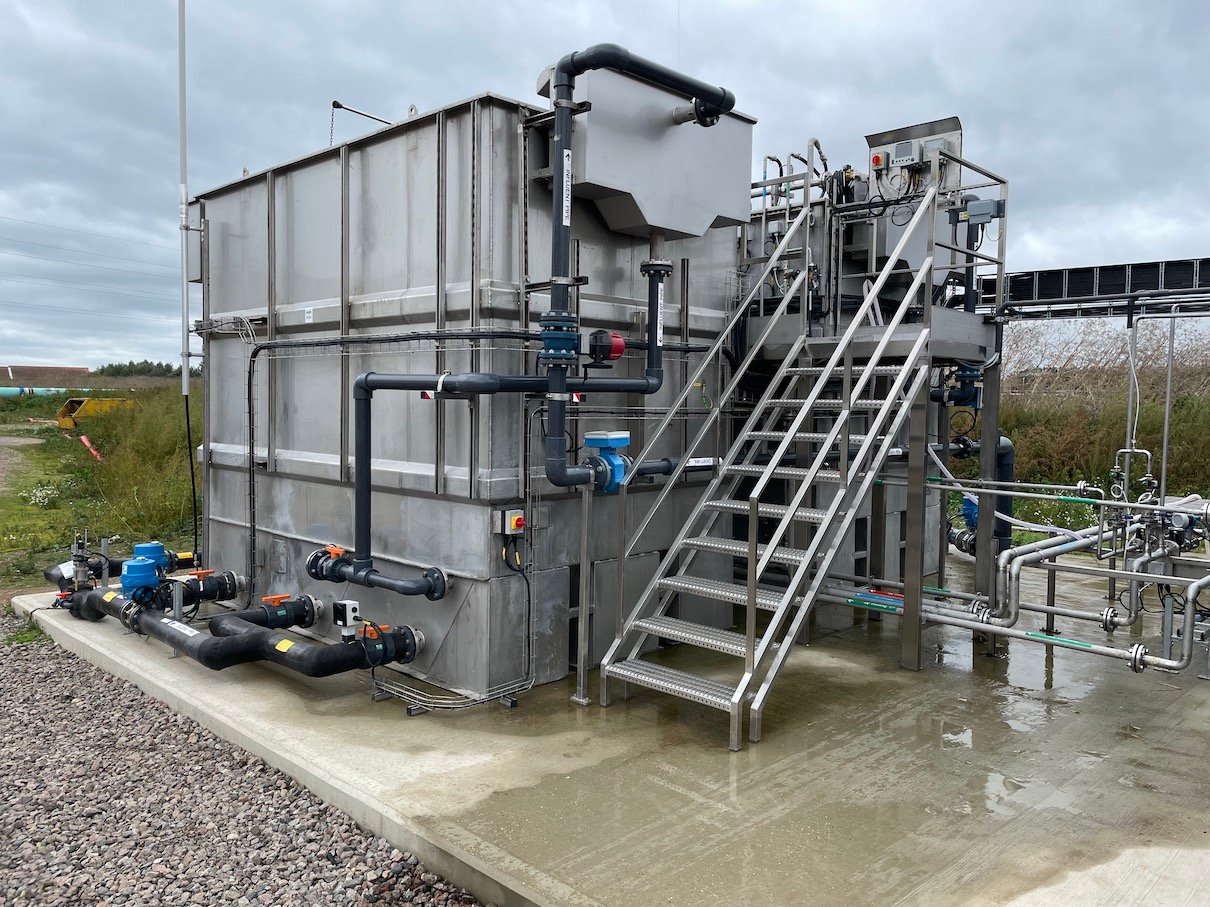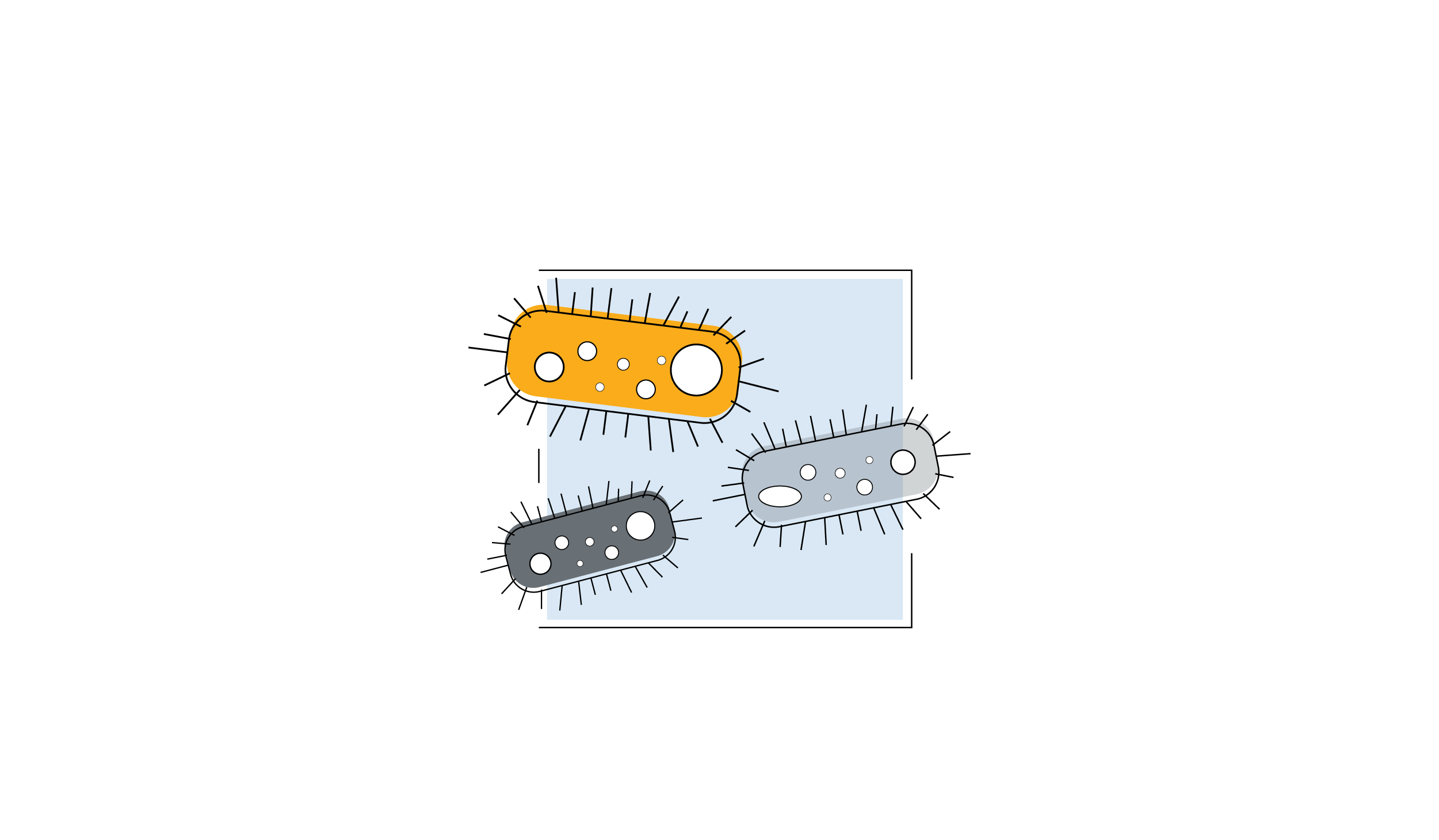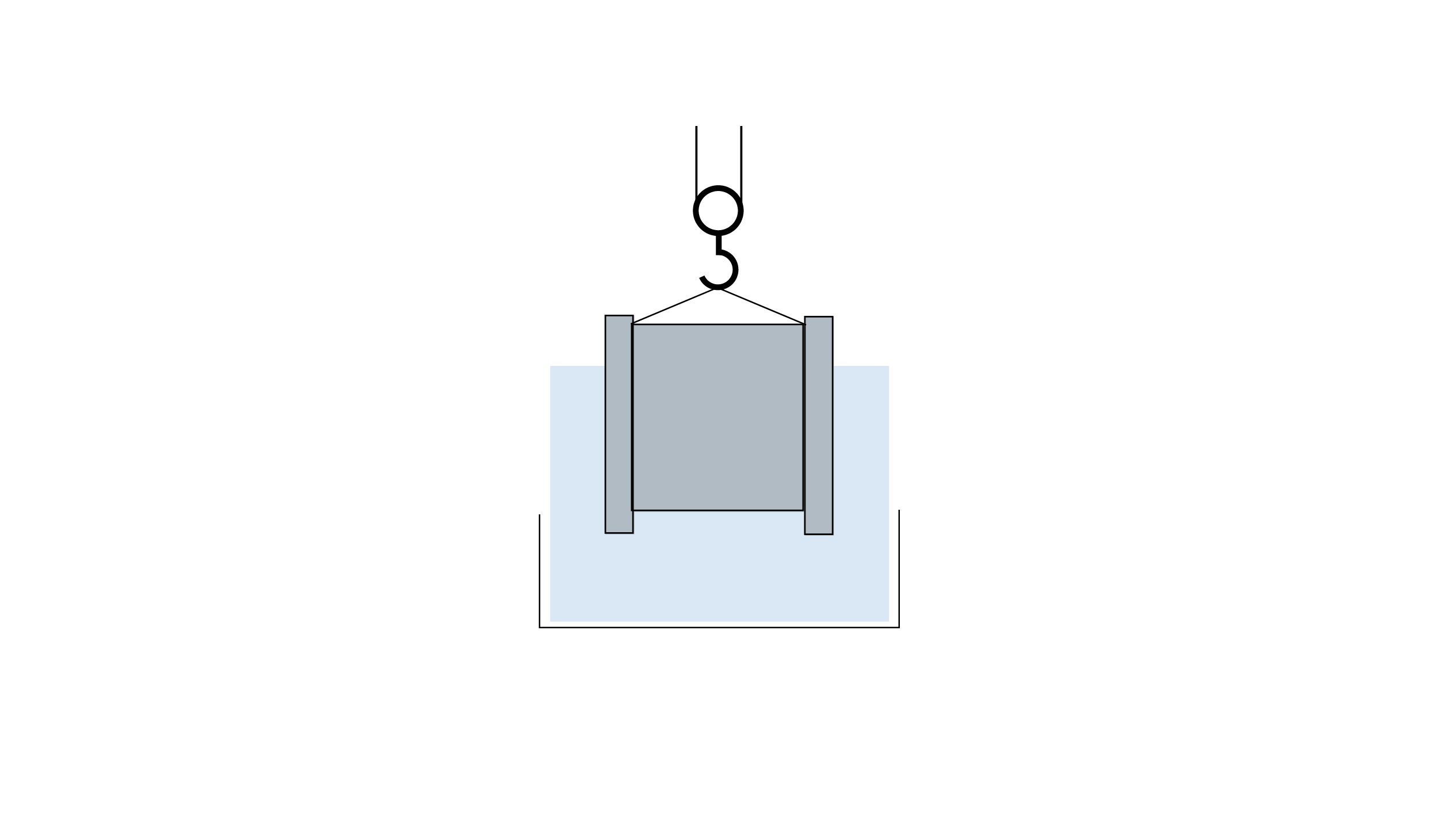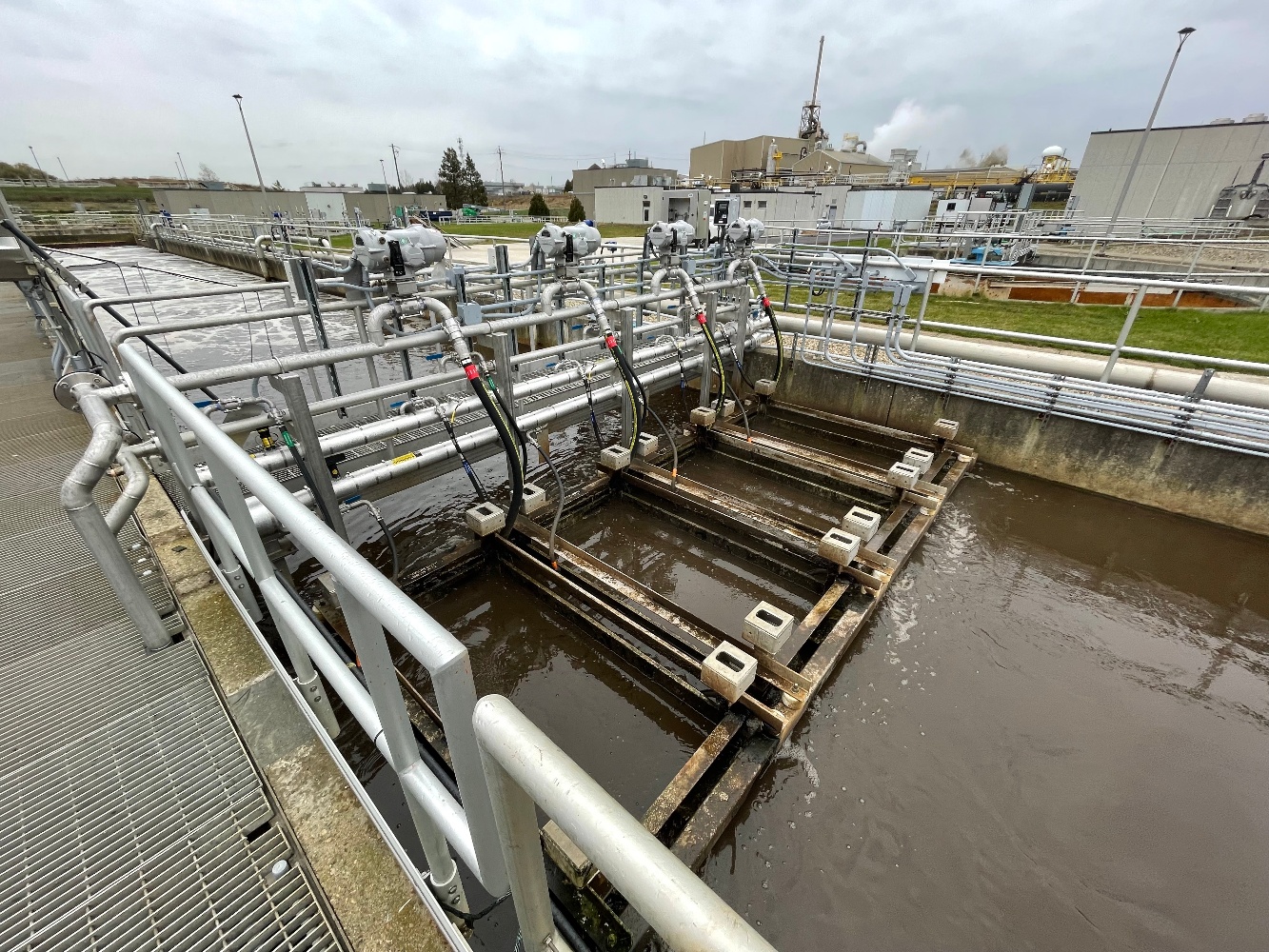Eliminating the Oil & Gas Industry’s Impact on Climate Change
MABR is one of the Most Environmentally Friendly Biological Wastewater Treatment Processes Today
Climate change is the most significant environmental concern of our lifetimes and it is widely agreed that comprehensive international action is essential. Data on the topic has established the oil and gas sector as a major contributor to the emission of greenhouse gases. With an increasing push to limit greenhouse emissions by 2020, stronger pollution controls on oil and gas operations, as well as power plants, are being examined by governments.

EU legislation is driving operators to focus on the environmental issues which arise from their activities and additionally focus their attention on their wastewater infrastructure. The oil & gas industry produces large amounts of process wastewater during their refinement operations and like other contaminated wastewater it is in need of high quality treatment.
Process water contains several contaminants in the form of Biological Oxygen Demand (BOD), Chemical Oxygen Demand (COD), metals, phosphorous, ammonia and many, many hydrocarbons. BOD and COD contain Volatile Organic Compounds (VOC) and these VOCs are a significant percentage of gaseous emissions which contribute to climate change in relation to wastewater from the oil & gas sector.
Several biological treatments are used to treat process wastewater which contain both biodegradable and non-biodegradable VOCs. These include MBBR, MBR and Activated Sludge treatment. In each of these treatment processes the required oxygen is supplied to the biomass via bubbles. In treating the wastewater the VOCs that were contained in the water are stripped from the water and are brought skyward with the ascending bubbles. This air pollution needs to be treated otherwise it can dramatically damage the quality of atmosphere around the wastewater treatment plant and in turn contribute to the emission of greenhouse gases and inevitably, climate change.
As legislation is driving more oil and gas companies to take action in this area, there is a demand for an innovative solution to the problem. The Membrane Aerated Biofilm Reactor (MABR) is such a solution as it does not rely on a bubble to add oxygen to the wastewater. Instead, biomass grows on gas permeable membranes which allows for a direct supply of oxygen. The biodegradable VOCs are consumed by the biomass in presence of the oxygen. While the non-biodegradable VOCs can be removed by the gas permeable membrane and treated in a concentrated stream.
In eliminating the issue of VOCs, OxyMem’s MABR also works towards a facility’s ambition to achieve reduced energy requirements – further reducing the emission of greenhouse gasses associated with energy production. This means that the MABR is one of the most environmentally friendly biological wastewater treatment processes today.






